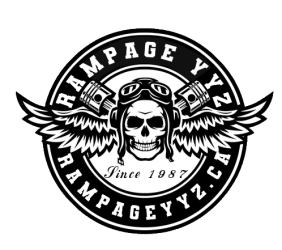In the late 1950s, Canada was at the forefront of aerospace technology, with its cutting-edge program to design and build a supersonic jet, the Avro Arrow. The Arrow was the pride and joy of the Canadian aviation industry, and its designers and builders were some of the most talented and innovative engineers in the world.
The Avro Arrow was a marvel of modern engineering, designed to fly at speeds of up to Mach 2.5, or more than twice the speed of sound. Its unique design featured a delta wing shape, which allowed for high speed and maneuverability, and it was equipped with the latest in avionics and radar technology.
The team of engineers and designers who worked on the Avro Arrow were some of the best in the business. They were led by a brilliant aeronautical engineer named Jim Chamberlin, who had previously worked on the design of the Lancaster bomber during World War II. Chamberlin’s team included some of the brightest minds in aerospace engineering, many of whom would go on to have illustrious careers in the field.
When the Avro Arrow project was cancelled in 1959, many of the engineers and designers were left without jobs. But their expertise and experience were in high demand, and many of them went on to work for NASA in the United States. They brought their knowledge and skills to the American space program, contributing to some of the most important technological advancements in the history of space exploration.
Among the Avro Arrow team members who went on to work for NASA were Fred Kelly and Owen Maynard. Kelly was a leading expert in aerodynamics and propulsion, and he played a key role in the design of the Lunar Module that carried astronauts to the surface of the moon. Maynard was an expert in aircraft structures, and he contributed to the design of the Space Shuttle and other NASA spacecraft.
The legacy of the Avro Arrow lives on in the careers of the engineers and designers who worked on the project. Their groundbreaking work on the Arrow laid the foundation for some of the most important advances in aerospace technology, and their contributions to the American space program continue to inspire future generations of engineers and scientists.





